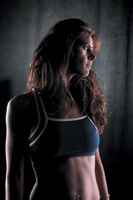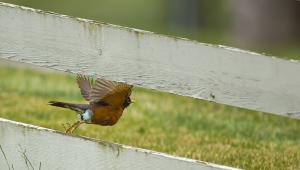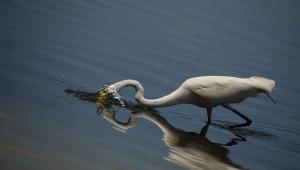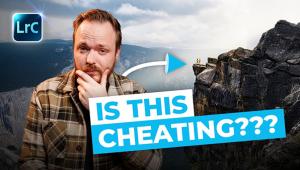The JTL Versalight D Digital Monolights
Power, Control, And Versatility Priced Right
"Digital" is
a word that has been thrown about a lot recently. MP3 players have given
rise to "digital headphones," drugstore minilabs offer "digital
prints," and now we're beginning to see the popularization
of "digital lighting." |
|||
Pro Monolight Options Build And Fit |
|||
In The Studio Lighting Ratios Computer Control |
|||
On Assignment |
- Log in or register to post comments





































